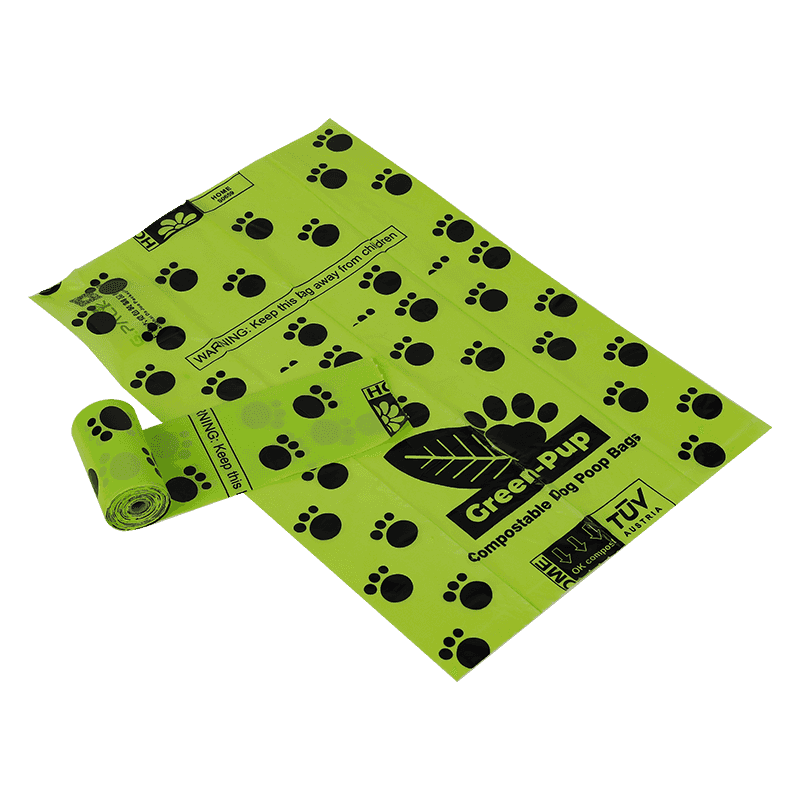How Durable and High-Quality Disposable Garbage Bags Stand the Test
When it comes to waste management, durability is key. Whether you're using disposable garbage bags at home, in an office, or in an industrial setting, the strength of the bags you choose can make a huge difference in both convenience and efficiency. From preventing messy leaks to holding up under heavy loads, high-quality disposable garbage bags are essential. But what makes these bags durable, and how do they stand up to real-world use? Let’s explore the testing methods, materials, and real-world performance of these bags.
Rigorous Testing Standards for Disposable Garbage Bags
The durability of disposable garbage bags is often put to the test in various conditions before they hit the shelves. Industry standards for strength and performance are essential to ensure that bags can withstand the demands of different environments, whether it’s a household, industrial, or commercial setting. Disposable garbage bags are typically tested for puncture resistance, tensile strength, and the ability to withstand varying weights. These tests simulate the pressure and strain the bags will experience during regular use, ensuring they don’t tear or rupture easily.
Tensile strength, in particular, is a crucial metric. It measures the force a bag can handle before it starts to break. Higher tensile strength means a bag can hold more waste, whether it's heavy kitchen scraps or industrial debris. Additionally, manufacturers often test the bags for burst resistance, ensuring that they don’t burst open when filled to capacity, especially in high-stress environments.
Real-World Performance: How Durable Are Disposable Garbage Bags?
While testing standards are important, the real test of a disposable garbage bag's durability comes when it is used in everyday situations. For households, disposable garbage bags must withstand the pressure of daily waste disposal, from food packaging to general trash. Similarly, in industrial settings, these bags need to hold up under the weight of more challenging materials like construction debris or hazardous waste. The best disposable garbage bags are made from materials that balance flexibility and strength, ensuring they perform well under diverse conditions.
Take, for example, heavy-duty garbage bags used in industrial applications. These bags are typically constructed from thicker plastic and have enhanced puncture resistance. They can handle sharp objects, rough edges, and even extreme temperatures. On the other hand, everyday household disposable garbage bags are often lighter but still designed to handle a range of daily waste without tearing or leaking. While they may not need to withstand the same level of stress as industrial bags, they still need to remain intact through the course of normal household tasks.
Choosing the Right Disposable Garbage Bags for Every Use
When selecting disposable garbage bags, it’s important to match the strength of the bag with the type of waste being disposed of. If you're looking for bags for regular kitchen waste or office use, a medium-duty bag with standard thickness will likely be sufficient. However, if you need bags for heavier loads, such as yard waste or construction materials, a heavy-duty option is more appropriate. These bags are typically made with thicker polyethylene or even puncture-resistant compounds, providing the extra strength necessary for tougher jobs.
In addition to thickness and strength, certain bags may feature added features like reinforced seams or drawstrings for easier handling. These features can improve the performance of disposable garbage bags, making them more user-friendly and capable of withstanding the demands of specific tasks. Choosing the right bag involves understanding the weight and type of waste, as well as the specific requirements of your environment.
Innovations in Durable Garbage Bag Design
As the demand for high-quality, durable waste management solutions grows, manufacturers are continually improving the design and materials of disposable garbage bags. Advances in polymer technology have allowed for the creation of stronger, more flexible bags that still maintain a lightweight feel. Some modern garbage bags are made from recycled plastics, contributing to environmental sustainability without compromising strength.

Additionally, some Disposable Garbage Bags are designed with additional protective layers that enhance durability. For example, multiple layers of material can be used to create a thicker, more puncture-resistant bag, perfect for containing rough or hazardous waste. Innovations in bag design are also making it easier for users to handle and dispose of waste without worrying about leaks, tears, or spills.
In conclusion, disposable garbage bags are essential tools in daily waste management, and their durability is crucial for maintaining cleanliness and convenience. Whether you're looking for a reliable bag for light household trash or a heavy-duty option for industrial use, it’s important to consider the specific durability features of each type of bag. By understanding the testing standards, real-world performance, and innovations in bag design, you can choose the right disposable garbage bags that will stand the test of time and provide reliable service for all your waste disposal needs.

prevNo previous article
nextEco-Friendly and Durable Disposable Garbage Bags: A Sustainable Solution for Waste Management



 English
English 中文简体
中文简体 Español
Español
















